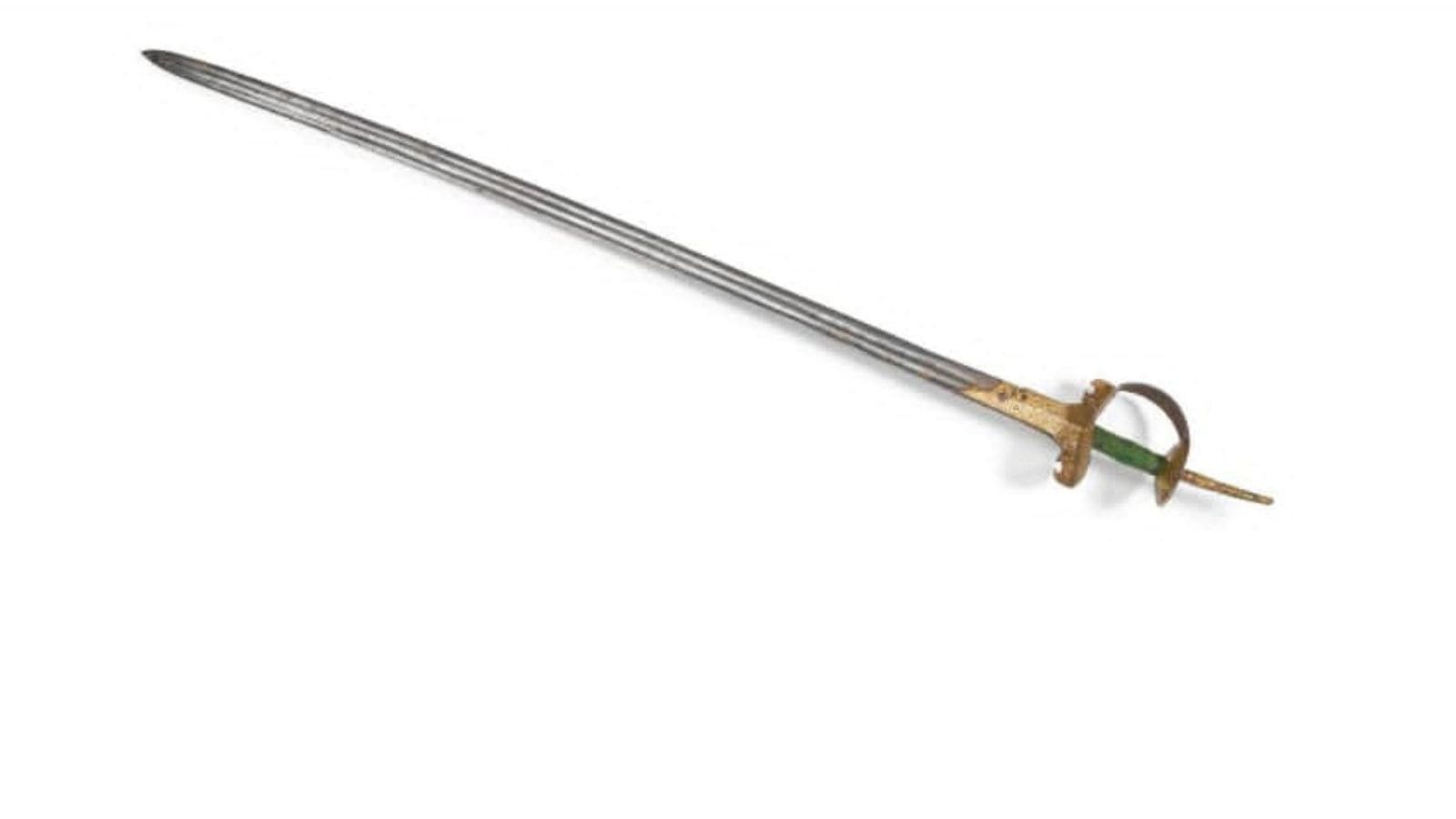Context:
The Maharashtra government recently reclaimed the ceremonial sword of Maratha warrior Raghuji Bhosale I at a Sotheby’s auction in London. The acquisition, which cost the state ₹47.15 lakh including handling, transport, and insurance, marks a significant cultural milestone.
- The sword is a rare relic of the Maratha Empire’s military and artisanal legacy. It is believed to have been either looted by the British after the Battle of Sitabuldi in 1817 or gifted in the aftermath.
About Raghuji Bhosale I:
- Raghuji Bhosale I was the founder of the Nagpur-based Bhosale dynasty and one of the foremost generals under Chhatrapati Shahu Maharaj during the early 18th century. Honored with the title ‘Senasaheb Subha’, Raghuji was instrumental in expanding Maratha control into eastern and southern India.
- His conquests included strategic campaigns in Bengal (1745 and 1755), parts of Odisha, Chhattisgarh, Sambalpur, and South India, where he defeated the Nawabs of Kurnool and Cuddapah.
- His leadership cemented Maratha dominance in these regions, and his dynasty later ruled the mineral-rich Vidarbha region, noted for its reserves of iron and copper—materials used extensively in local weapon manufacturing.

Understanding the Sword’s Style
India's martial history includes a range of weapon styles, two of which stand out prominently:
Khanda Swords
- Origin: Indigenous to India, dating back to the 9th–10th century CE.
- Users: Popular among Rajputs, Sikhs, and Marathas.
- Features:
- Straight, double-edged blades for slashing.
- Hindu basket hilts and knuckle guards.
- Entirely crafted from local iron or steel.
Firangi Swords
- Fusion Weapons: Combining European blades (typically from Solingen, Germany) with Indian-designed hilts.
- The Raghuji Sword:
- Blade: Straight, single-edged European blade.
- Hilt: Local Mulheri-style hilt with intricate gold inlay (koftgiri).
- Grip: Wrapped in green cloth, indicating ceremonial use.
- Inscription: “Shrimant Raghoji Bhosale Senasaheb Subha Firang” in gold-inlaid Devanagari script, confirming its attribution to Raghuji Bhosale.
Conclusion
More than just an artifact, the sword of Raghuji Bhosale symbolizes the courage, diplomacy, and artistry of the Maratha Empire. Its return is a poignant reminder of India’s ongoing efforts to recover and preserve its displaced heritage from colonial times.






